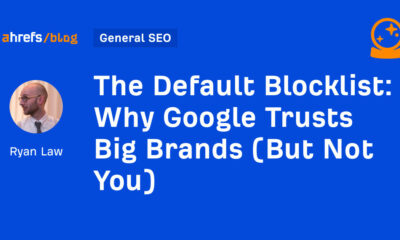CPG brands cutting quantity or quality to bolster earnings are enraging customers. Nearly two-thirds of customers (62%) say they’ll stop buying from brands who do this, according to a new Gartner report.
More than half of consumers (56%) reported seeing instances of shrinkflation (reducing size or quantity of packaged goods without reducing the price) in food and groceries. That’s 15% more than the next highest category, household products.
“[S]top price gouging, stop being so greedy, explain why, stop changing the amount of food in the container, or changing the container to hold less. [W]e aren’t stupid … and it just makes us mad,” said Sandi, a baby boomer with household income between $25,000 and $50,000, quoted in the report.
Skimpflation (using cheaper ingredients or components) was most prevalent in apparel and footwear, with 17% saying they noticed a drop in quality. However, groceries and alcoholic beverages were close behind at 15%.
Shrinkflation and skimpflation may well hurt CPG companies more than they help. A hard economy makes for fickle customers. More than eight in 10 say they plan to cut back spending by buying cheaper or fewer products in the next three to six months, according to The NPD Group. This explains gains in private or store-brand food and beverages. These gained 1% of market share in terms of sales dollars from June 10 to early July 10, according to IRI. Their share of this spending is now at 21.6%, well ahead of 2019 levels.
Read next: Online inflation slows for third consecutive month
It isn’t only companies’ pricing strategies that’s losing them customers. While shoppers have a lot of different ideas about what businesses should do to keep prices in check, the Gartner survey found nearly half agreed on one in particular: 45% said companies should stop increasing the pay of high-ranking executives.
“Executive compensation decisions can harm brands, especially in inflationary periods,” Kate Muhl, vice president analyst in the Gartner Marketing practice, said in a statement.
The average gap between CEO and median worker pay is 670-to-1 (meaning the average CEO got paid $670 for every $1 the worker did), according to a survey of 300 top US companies Institute for Policy Studies released last month. That’s up from 604-to-1 in just two years ago. Forty-nine firms had ratios above 1,000-to-1.
Why we care. CPG industry revenues are growing at the highest rate in 20 years (4.8% per PwC). Pricing tactics designed to keep those earnings high may carry a significant cost in lost market share. Visit your local convenience store if you’d like to see a different approach. There you will see an array of AriZona iced tea products. Its giant 23 oz. can costs 99 cents. That price hasn’t changed since the company launched 30 years ago. Given that aluminum has doubled in price in the past 18 months and high-fructose corn syrup has tripled in price over the past 20 years, how is that possible? Don Vultaggio, the company’s founder and CEO, says there are times earning less is OK.
“I’m committed to that 99-cent price — when things go against you, you tighten your belt,” Vultaggio told the Los Angeles Times. “I don’t want to do what the bread guys and the gas guys and everybody else are doing. Consumers don’t need another price increase from a guy like me.”
Get the daily newsletter digital marketers rely on.



















You must be logged in to post a comment Login